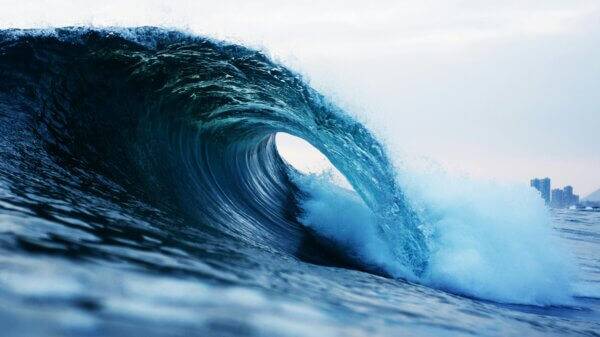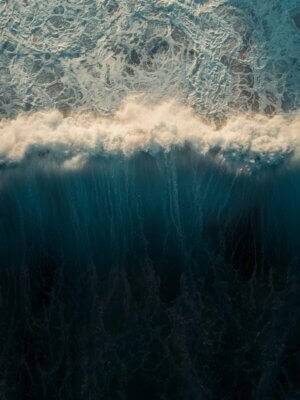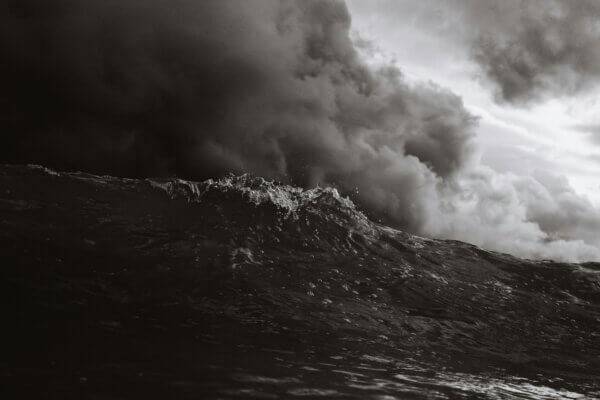
31 Mar How to Read Waves Like a Pro: Spotting the Best Ride
Surfing, gliding effortlessly across the water, hair flowing in the wind, looking like an absolute legend. Well, that’s the dream. The reality? You paddling like a maniac, missing waves, and getting thrown around like a sock in a washing machine.
But fear not! The secret to unlocking epic rides isn’t just about balance and paddling; it’s about reading waves like a pro. Spotting the best waves is what separates seasoned surfers from the human floaties. So, let’s dive in with some humor blended with effective tips.
Understanding Wave Types: The Personalities of the Ocean
Waves, much like people, have different personalities. Some are polite and gentle, some are unpredictable and chaotic, and some.. well, they just want to ruin your day. Here’s what you need to know:
1. The Friendly Roller (Beginner Wave)
These are the lovely, slow-moving waves that just want you to succeed. They’re like a supportive parent, gently pushing you along.
2. The Speedy Peeler (Intermediate Wave)
It starts forming, it builds excitement, and then it peels off like a perfectly timed joke. If you get on one of these, you’ll feel like the James Bond of surfing.
3. The Closeout (NOPE Wave)
This one looks promising… and then crashes all at once like a toddler throwing a tantrum in a supermarket. Avoid at all costs.
4. The Sneaky Double-Up (Why, Ocean, Why?)
This one tricks you. It starts small, then out of nowhere, it doubles in size and sends you flying like a human frisbee.
Step 1: Position Yourself Like a Pro
The lineup is where surfers wait for waves, bobbing around like a group of ducks trying to look cool. But here’s the trick, where you sit determines if you’ll catch the right waves.
- Sit too far out? Waves will break before they reach you.
- Sit too far in? You’ll get smacked in the face repeatedly.
- Best strategy? Watch the experienced surfers—the ones who look like they belong in a surf movie. They’re in the sweet spot for a reason.
Step 2: Spot the Best Waves Before They Break
1. Watch the Horizon
Great surfers don’t wait for waves—they anticipate them. Waves start forming far out at sea, and your job is to recognize which ones will become rideable.
- A gradual, smooth bump? That’s your ride.
- A wave that suddenly rises steeply? It’ll likely break too fast.
- A wave that spreads evenly across? Perfect, time to paddle!
2. Understand Sets and Lulls
Waves come in sets (groups of waves) with short breaks in between (lulls). If you paddle out during a lull thinking the ocean is calm, congratulations, you’ve just played yourself. The moment you get comfortable, a big set will come and send you tumbling.
Pro tip: Count waves in a set, usually, the third or fourth wave is the best.

Step 3: Timing is Everything
Catching a wave isn’t just about paddling—it’s about perfect timing. Paddle too early? The wave rolls underneath you. Too late? You nosedive like a poorly built paper airplane.
How to Perfect Your Timing:
✔️ Start paddling when the wave is about 3–5 meters (10–15 feet) behind you.
✔️ Increase paddle speed as the wave lifts your board.
✔️ Feel the push—that’s your cue to pop up and ride!
If you’re too slow, the wave will leave you behind. If you’re too fast, you’ll wipe out spectacularly. Either way, everyone on the beach is watching, so make it entertaining.
Step 4: Know When to Say No
Not every wave is worth catching. Some waves are like bad relationships, tempting but ultimately not worth your time.
-
If a wave looks too big and you’re doubting yourself, trust your gut.
-
If the wave is breaking too fast, it’ll likely close out and leave you tumbling.
-
If you see experienced surfers skipping a wave, follow their lead. They know things.
Step 5: Commit to the Ride
So, you’ve found the perfect wave. You’re in position. You’ve paddled. Now—DO NOT HESITATE.
Hesitation leads to wipeouts. Instead, commit fully, pop up confidently and own the wave like you were born to ride it.
Final Thoughts:
Reading waves takes practice, patience, and a good sense of humor. Some days, you’ll feel like a surf wizard. Other days, you’ll wipe out so spectacularly that tourists on the beach will clap or cringe. That’s surfing.
Want to put these tips to the test? Join our surf camp in Bali—we’ll teach you everything from wave reading to perfecting your pop-up with daily surf video analysis of your waves. Plus, we promise plenty of wipeouts (and laughs) along the way.




